The new RIPE Atlas measurement tagging feature is now available. Measurements can be tagged, detagged, tagged as they're created, or tagged later on. Tags can then be utilised to search, download, or stop sets of measurements en masse with ease.
In the past, RIPE Atlas users could only perform an action on a given set of measurements at once if those measurements were part of the same group - i.e. if they’d all been created as part of the same request. This was far from optimal, so we wanted to give users the option of tagging their measurements to help better organise and annotate them. And now they can.
Tags and Labels
There are in fact two different ways of referencing sets of tagged measurements, using a tag or using a label.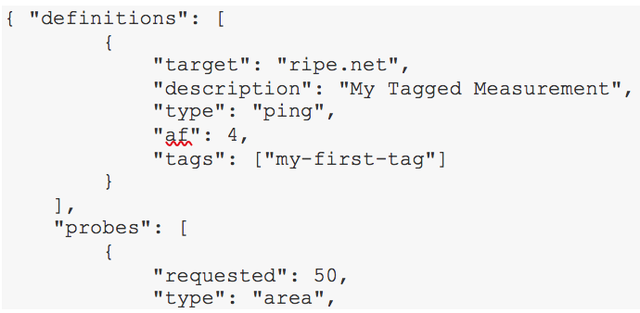
A tag is a publicly-visible string made up of letters, numbers and hyphens that users can apply to their measurements as they create them. For instance, a set of measurements could be tagged "ipv6-campaign-2018" to make clear the purpose for which they were created.
The same tag can be applied to any number of measurements by any number of users. So, as a limiting (though perhaps impractical) case, a tag might be applied to just one measurement by just one user. More usefully, multiple users can apply the same tag to multiple measurements, making it possible to reference those measurements all in one go later on.
A label is a private hexadecimal hash known only to a single user, unless they choose to share it. Labels help further refine tagged measurements by enabling users to identify, from a set of tagged measurements, that subset of measurements that they themselves created. To make this work, labels are individuated in terms of user and tag used, meaning that all measurements created by a specific user and tagged with the same tag will have the same unique label. So for instance, if multiple users have used the tag "ipv6-campaign-2018", a particular user can still refer to his or her own measurements by label.
Why Tag?
There are all sorts of reasons why users might want to tag their measurements. For instance:
For the researcher: Tags can be used to group together a measurement experiment or campaign consisting of multiple measurements. Any such tag can then be referenced by someone looking to download all the relevant measurement results in one go for further processing, or to share the measurement set with colleagues. So, for the researcher, tags can be used to easily download all of the measurement results and feed them to a script that provides high-level analysis. The tag is then referenced along with the findings of the experiment so that other researchers can readily access the data.
For the operator: Tags can be used when monitoring a logical service to group together measurements that might have different targets. For instance, a set of measurements targeting multiple servers behind a load balancer or anycast IP address can share the same tag. This tag can then be used to easily access these results without having to refer to the set of measurement IDs. This is particularly useful when a server is renamed or renumbered, as the same tag can refer to both the old and new measurement(s) and provide continuity over time.
Create, Tag, Search, Download, Stop…
RIPE Atlas users can easily tag measurements as they’re created in the RIPE Atlas UI. Whilst creating a new measurement, the user simply adds the tag in the field indicated on the left.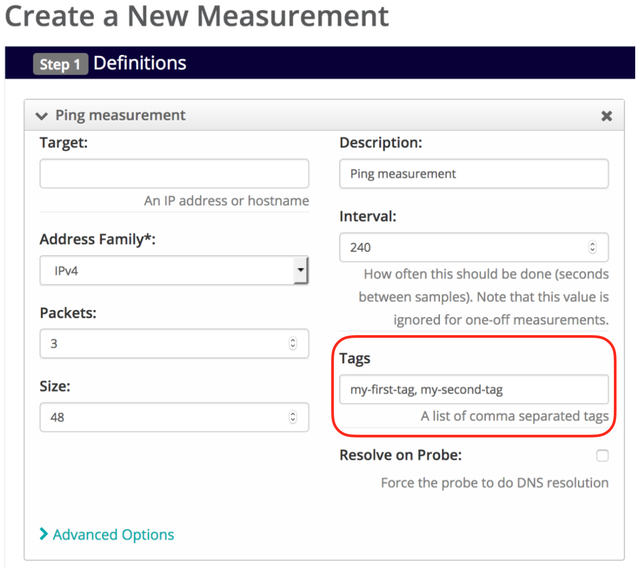
Also in the RIPE Atlas UI, in the search options on the measurement listing, users are now able to filter measurements by their tag.
At present, the one slight limitation for users coming to RIPE Atlas via the UI is that they are not able to tag existing measurements. This option will be made available later on, and in the meantime, note that this option is available for API users.
For API users, the RIPE Atlas API v2 manual goes into all the details users will ever need in order to start making use of measurement tagging. There, you’ll find information on how to: tag and detag measurements, identify labels, search measurements by tag, download measurements by tag, and stop measurements by tag.
Feedback
We hope that the ability to tag measurements will provide all kinds of benefits to RIPE Atlas users. As always, if you have any comments or suggestions, or if you have in mind any interesting use cases for measurement tagging with RIPE Atlas, we'd very much like to hear from you. Send your feedback to atlas@ripe.net.

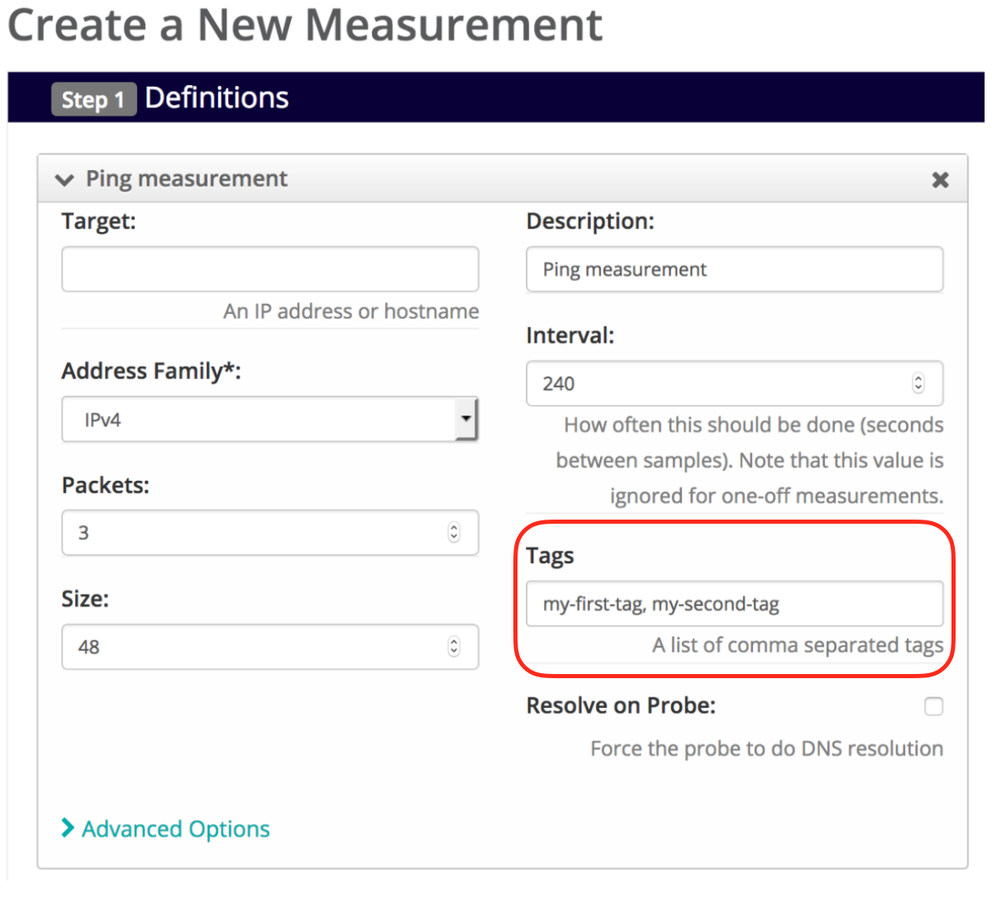
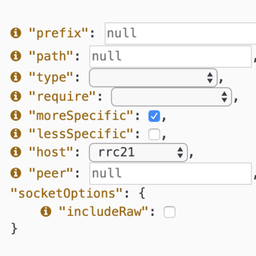
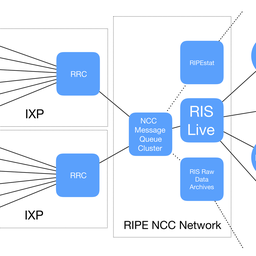
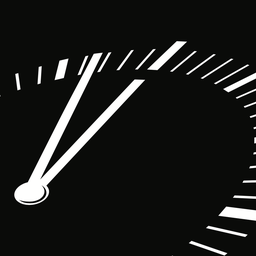
Comments 4
The comments section is closed for articles published more than a year ago. If you'd like to inform us of any issues, please contact us.
Stéphane Bortzmeyer •
The link to "RIPE Atlas API v2 manual" goes to atlas-ui-dev.atlas.ripe.net, which times out. (It is probably an internal site.)
Chris Amin •
Fixed, thank you!
Stéphane Bortzmeyer •
It seems a very good and useful feature. But calling it "tags" is a bad idea since it already means something else for RIPE Atlas :-(
Chris Amin •
Thanks for the feedback. Indeed we now have "measurement tags" as well as "probe tags". We decided that it would be somewhat arbitrary to come up with a new name for something which conceptually is the same thing, but applied to a different object (measurements rather than probes). We will try to be clear throughout the documentation and user interface(s) whether we are talking about "measurement tags" or "probe tags" and avoid just saying "tags" in places where it could be ambiguous. If you see anything in particular that could be confusing then please let me know!